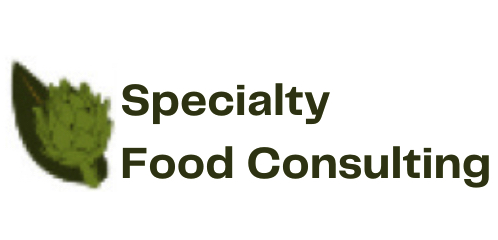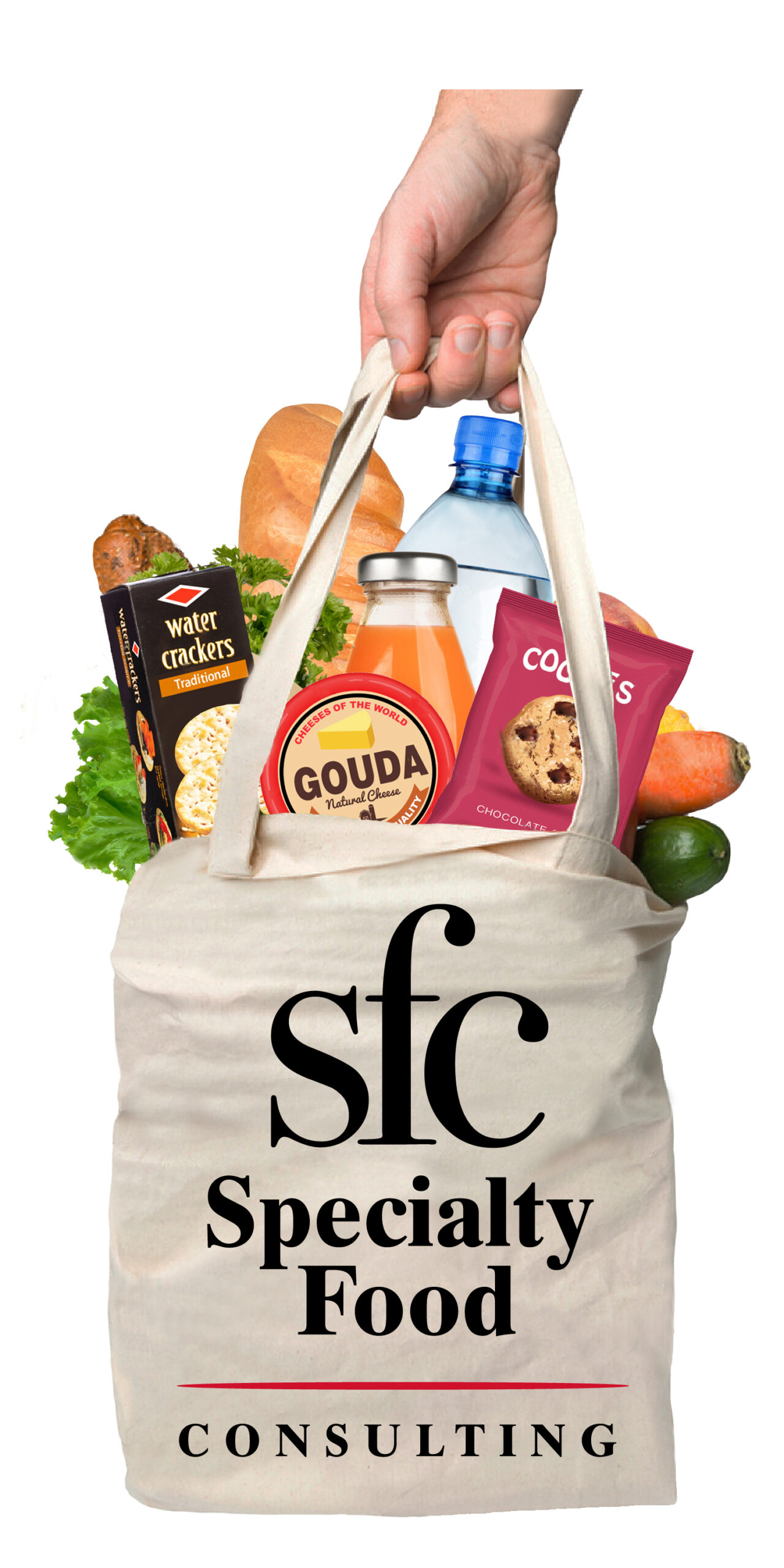How to Enter the US Food Market Successfully

Welcome, Bienvenido, Wilkomen, 어서 오십시오 to the US Market!
The US market is actually 6 different markets. To view the US market in any other way is to create an enormous judgement error from the get go. The US market has a population of 340 million people; about the size of all of Europe. Dimensionally, in square miles, we are nearly the same size as Europe. There are 44 countries in Europe. So, it should be easy for anyone comparing the US to Europe since we have 50 states. For marketing and logistics purposes America is made up of 6 distinct markets. In America we don’t speak different languages per se, but we do have multiple accents. The different regions in the US have been created by different ethnicities who settled those areas overtime. The US is always considered to be a melting pot. I see it more as a gumbo. In any case we look at the US as being six different markets.
The six markets, loosely defined, are:
- The East Coast down to North Carolina
- North Carolina, Kentucky going South along the East Coast and towards Louisiana
- Texas pretty much a state by itself but you can include parts of Oklahoma
- The rest of the Midwest Including North and South Dakota over to Montana
- The Southwest
- The West Coast, California up to Washington State
These are our six distinctive markets. We could break up the US into smaller districts but with consolidation of brokers and distributors it would make it very difficult to have coverage.
When approaching or entering the US for a first time it makes most sense to enter only one market. If you want a diverse market the Northeast would be your best bet. As an added benefit the Northeast is the largest single market in the US with fifty-six million people. With an average of 345.5 people per square mile, the Northeast is 2.5 times as densely populated as the second-most dense region, the South. Being such a large market there are innumerable sales points of varied size and type. This allows a very diverse customer base with more sales opportunities than other markets in the US. Additionally, there are a tremendous number of independent stores in the Northeast.
Finally, this is one of the most competitive markets in the US. By entering the northeast market there are a number of different approaches as well as opportunity that are offered in no other region of the US. Because of the density of population and diversity of the inhabitants, there are a tremendous number of small distributors, independent markets and specific demographic store call outs in chains. While there are some states that may have greater diversity than the Northeast, no area has the range of diversity and density of population. The steps for successful entry into the US are almost always to come to the Northeast first. Successful sales in the Northeast does not cement our success elsewhere but it is a great indicator of future opportunity. Costs to do business in the Northeast are higher than most other areas in the US. The business mentality in the Northeast is a bit “tougher” than most other areas because of the competition for the dense population available. If you can handle this part of the US, the rest will be easier.
The focus of this information is about logistics, opportunity and logic. It is also about strategy. Once you understand the Northeast market you may decide to go to the opposite end of the US, based on lessons learned. Finally, this approach is based on generalities and not on any specific product. I always relate to the general populace and not to any diaspora population. If a company has a product that needs to be sold to a diaspora, ex pat population in the US then all of what you have read is not applicable.
Lastly, the US market is a large and costly market to enter; for both logistics and marketing purposes. Packaging needs to be made relevant to the US. Patience needs to be a major philosophy if one is to be successful. Allow us to assist you in your success.

Jeffrey Landsman – 410-984-8666
